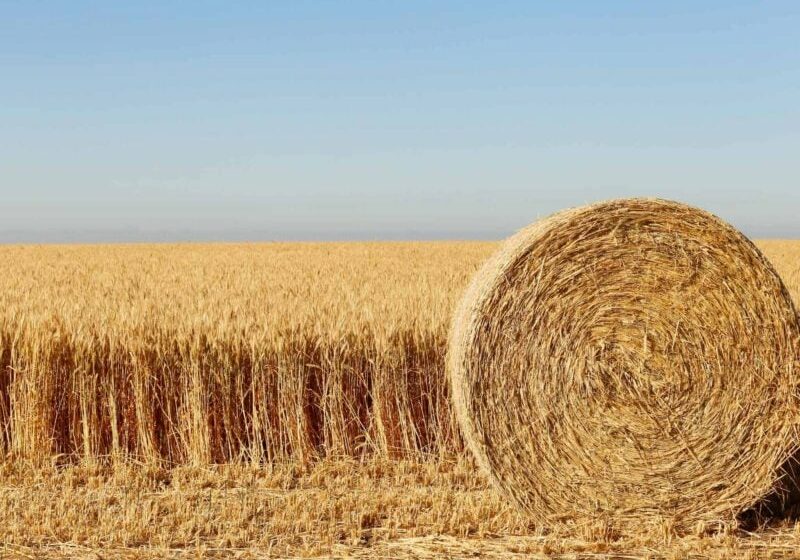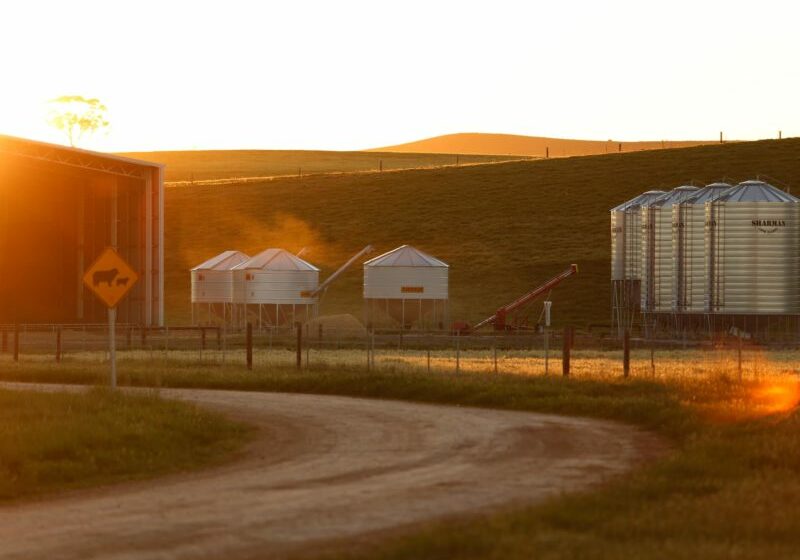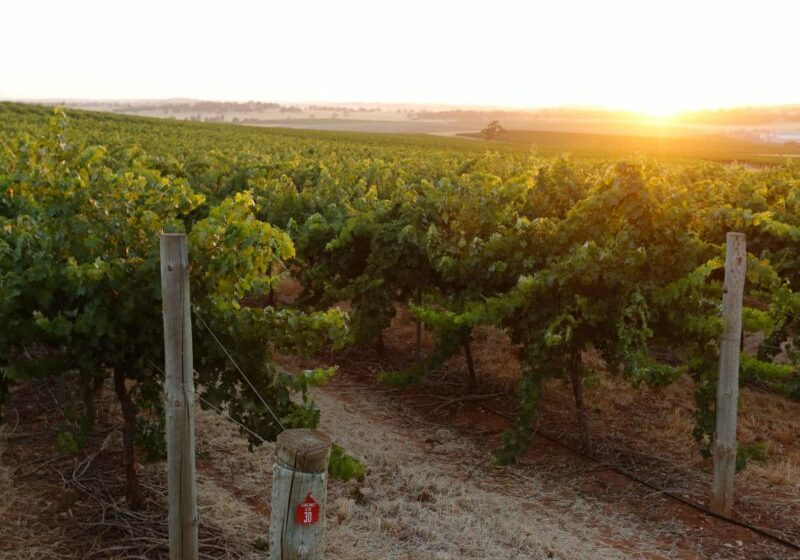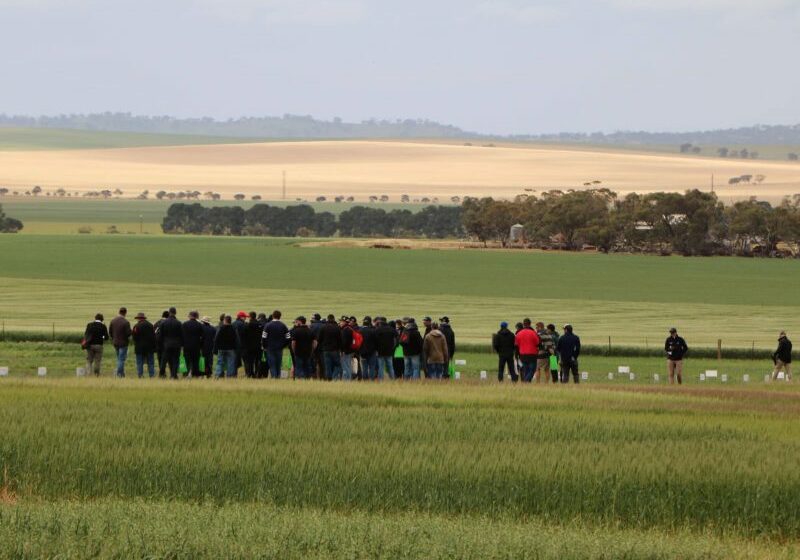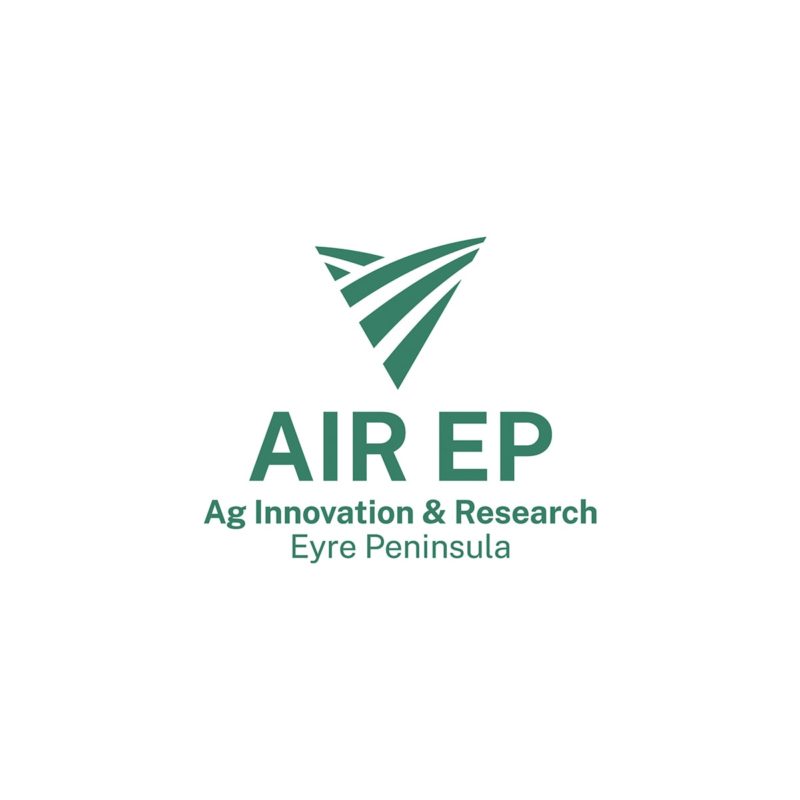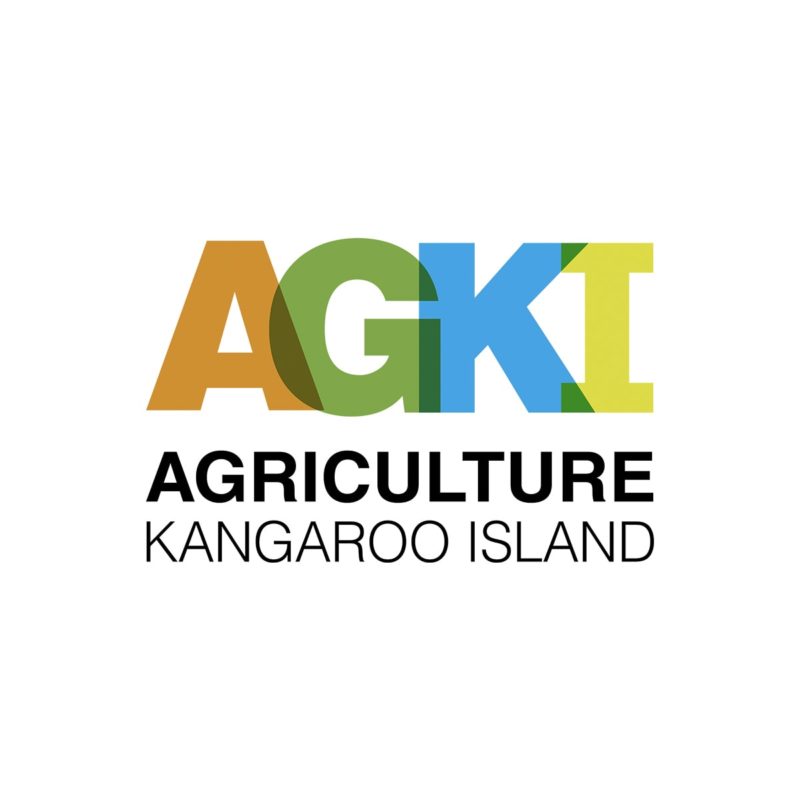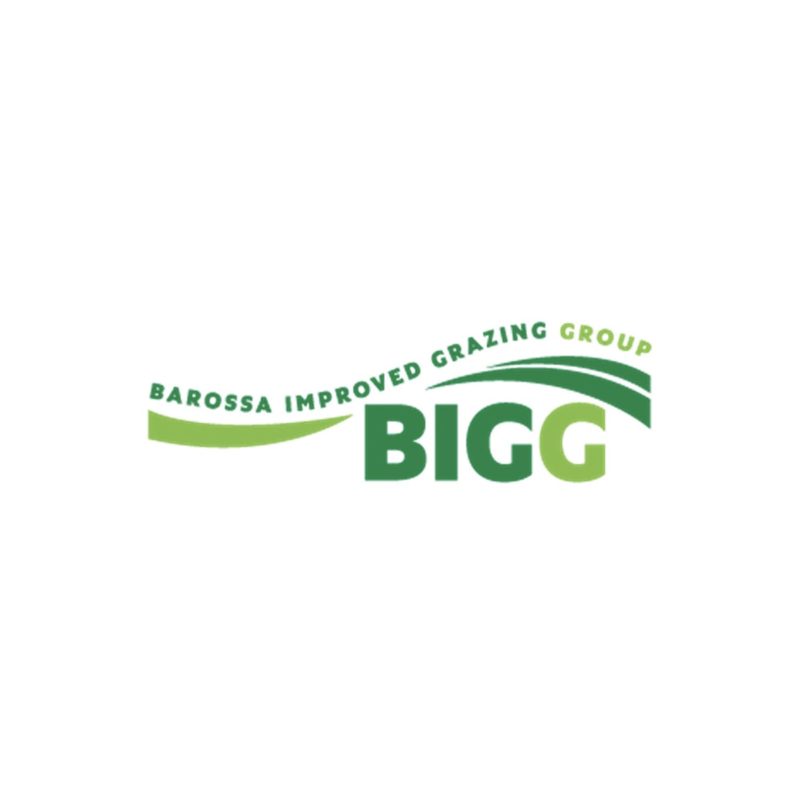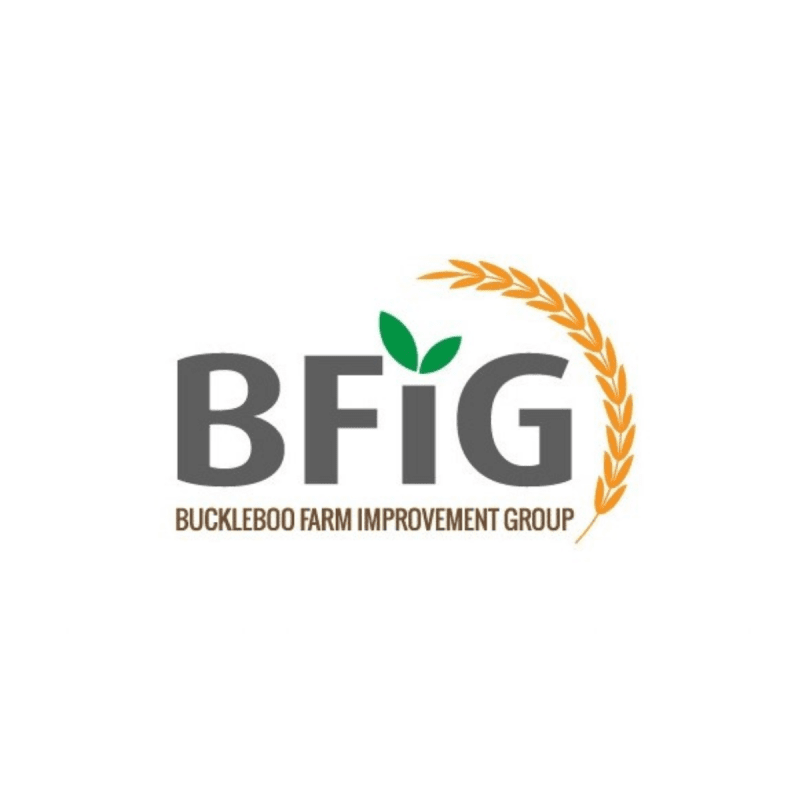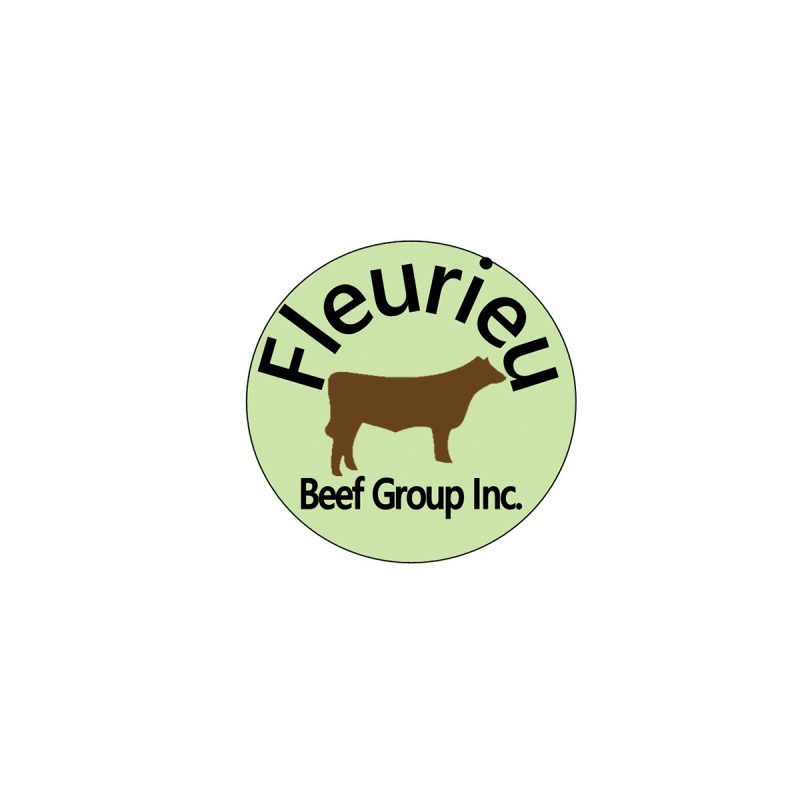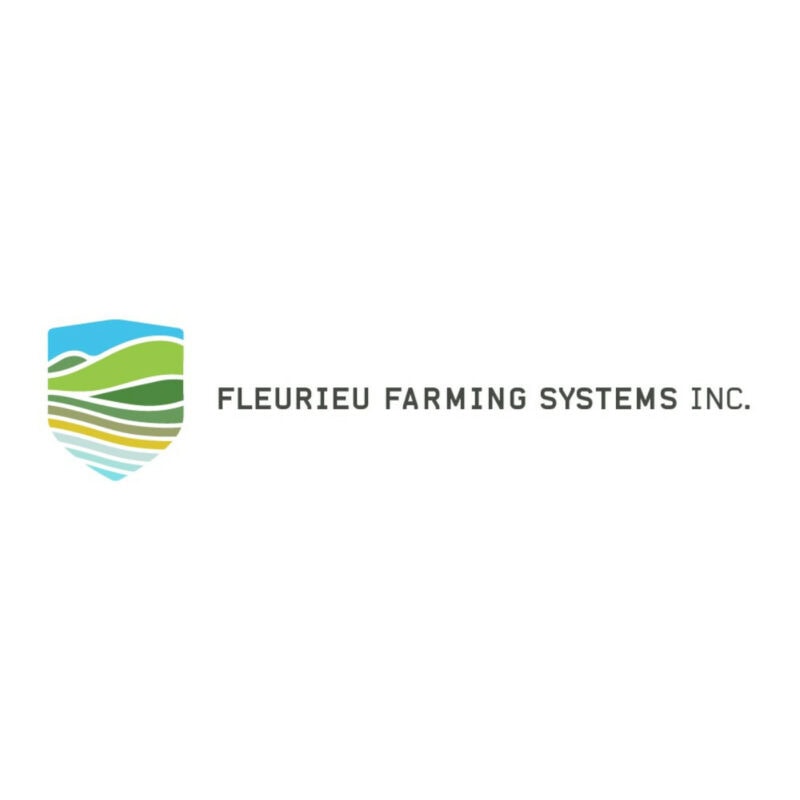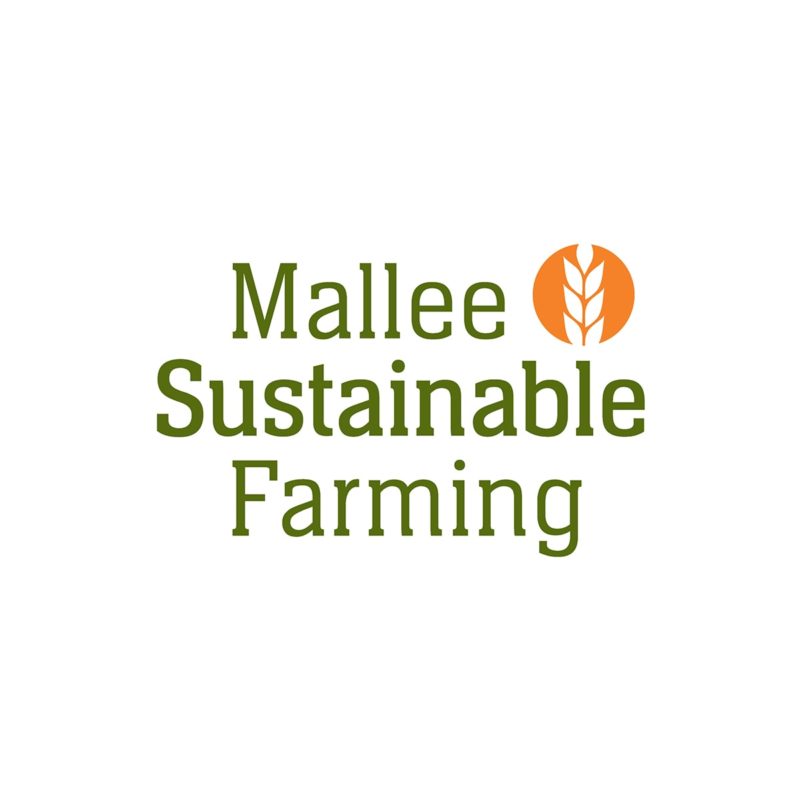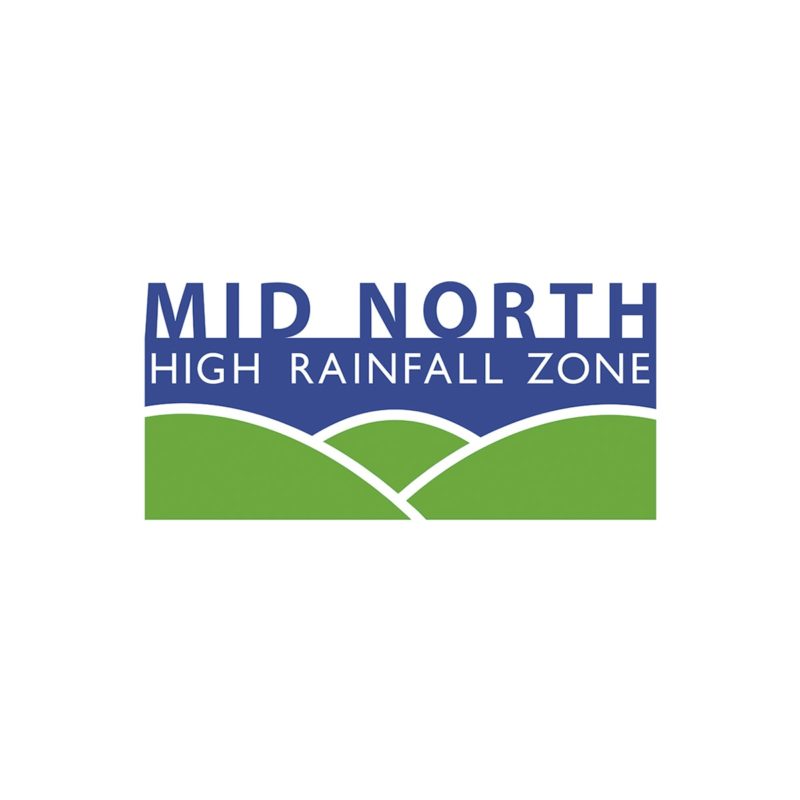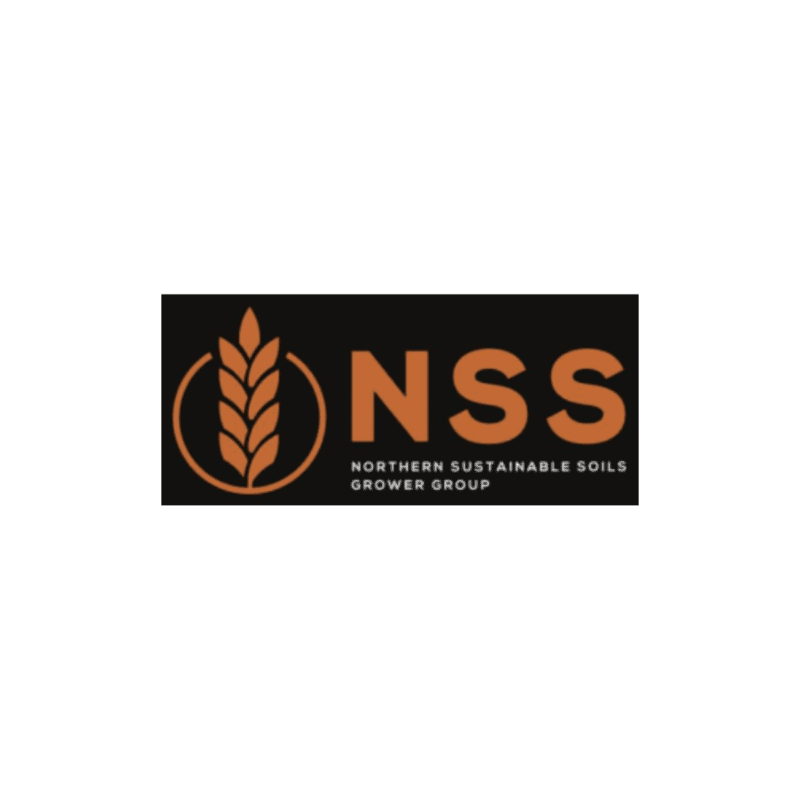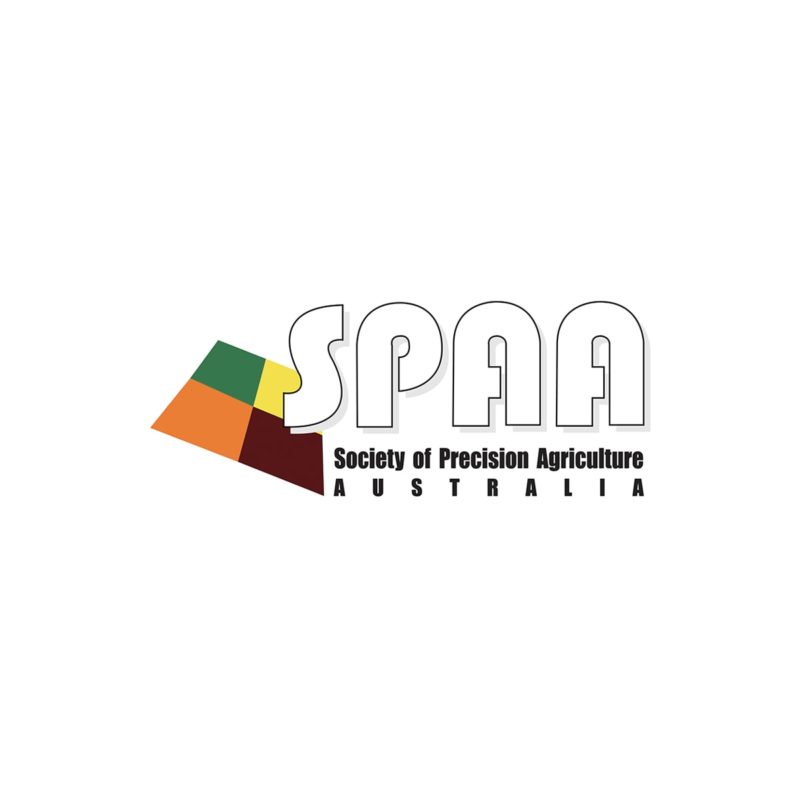Riverland & Mallee Mesonet
About the Project
The Riverland & Mallee Mesonet is a state of the art automatic weather station network developed with significant financial support from Primary Industries and Regions SA (PIRSA). In meteorology a Mesonet is a network of automated weather stations designed to observe localised meteorological phenomena.
The Mesonet provides highly accurate and targeted data on the development and presence of adverse weather conditions for spraying. The network of 30 automatic weather stations are distributed across the Riverland and Mallee region. The network is freely accessible to the public.
-
Funder: Primary Industries and Regions South Australia
-
Date: April 2020 - December 2021
-
Project Lead: Mark Stanley
-
Project Team:
Peter Cousins, Peter Cousins Consulting
Michael Faulkner, Agrilink
Warwick Grace, Grace Research Network
Damon Grace, DG Science Consulting
Tanja Morgan, Mallee Sustainable Farming
-
Budget: $1,215,000
What is a temperature inversion and spray drift?
Surface temperature inversions occur when air temperature increases with height from the ground or crop surface, which is the opposite of normal conditions (i.e. the temperature profile is ‘inverted’).
This results in a layer of cool air being trapped below warmer air (Figure 1). This layer of air is often but not always still. The height above the ground where the temperature stops increasing and begins to decrease is the top of the inversion layer. Surface temperature inversions generally occur overnight. They can form in late afternoon and can persist into the next day. If pesticides (e.g. fungicides, herbicides, insecticides) are sprayed during an inversion, fine droplets of the chemical can be concentrated in the inversion layer near the ground and isolated from the surrounding weather conditions. The direction and distance which the droplets will then move becomes unpredictable and the chemical may be transported away from the target area. This is referred to as spray drift.
Why a network of weather stations?
Spray applicators must read the product label prior to application. Labels provide information on weather conditions during which the product must not be applied. It is an offence under the SA Agricultural and Veterinary Products (Control of Use) Act 2002 to contravene a mandatory instruction on the approved label of a registered agricultural chemical product. It is the responsibility of spray applicators to determine that sprays will be applied in accordance to the label and maintain records of application.
There has been significant effort to reduce the use of volatile pesticides. Highly volatile herbicides are no longer permitted to be purchased or applied across most of SA. There has also been a concentrated education program targeting spray operators on achieving optimum droplet size, choice of nozzle types and operating pressures to reduce drift. The missing part of the puzzle has always been the ability to access accurate weather data and warning systems of the presence or potential of conditions likely to result in drift, especially temperature inversions.
Industry responsibility
It is the responsibility of spray applicators to maintain records and determine that sprays will be applied in accordance to the label. Spray applicators must read the product label prior to application. It is an offence under the SA Agricultural and Veterinary Products (Control of Use) Act 2002 to contravene a mandatory instruction on the approved label of a registered agricultural chemical product. However, currently spray applicators cannot access reliable information about spray inversion and sea breeze conditions and therefore may unwittingly be responsible for of target contamination because of the inappropriate conditions.
Riverland & Mallee Paywall
The Riverland & Mallee Mesonet is moving to a user-pay subscription-based model on 22 August 2023. This will bring it into alignment with the Mid North Mesonet and will cover the costs of the ongoing maintenance of this vital agricultural infrastructure in SA.
All subscriptions provide access to the entire network so you can see all the weather stations on the map. With the expansion into the Limestone Coast, this will soon cover 50% of arable SA. There are many reasons why growers would choose to purchase a Mesonet subscription. Specifics about the subscription options can be viewed at


